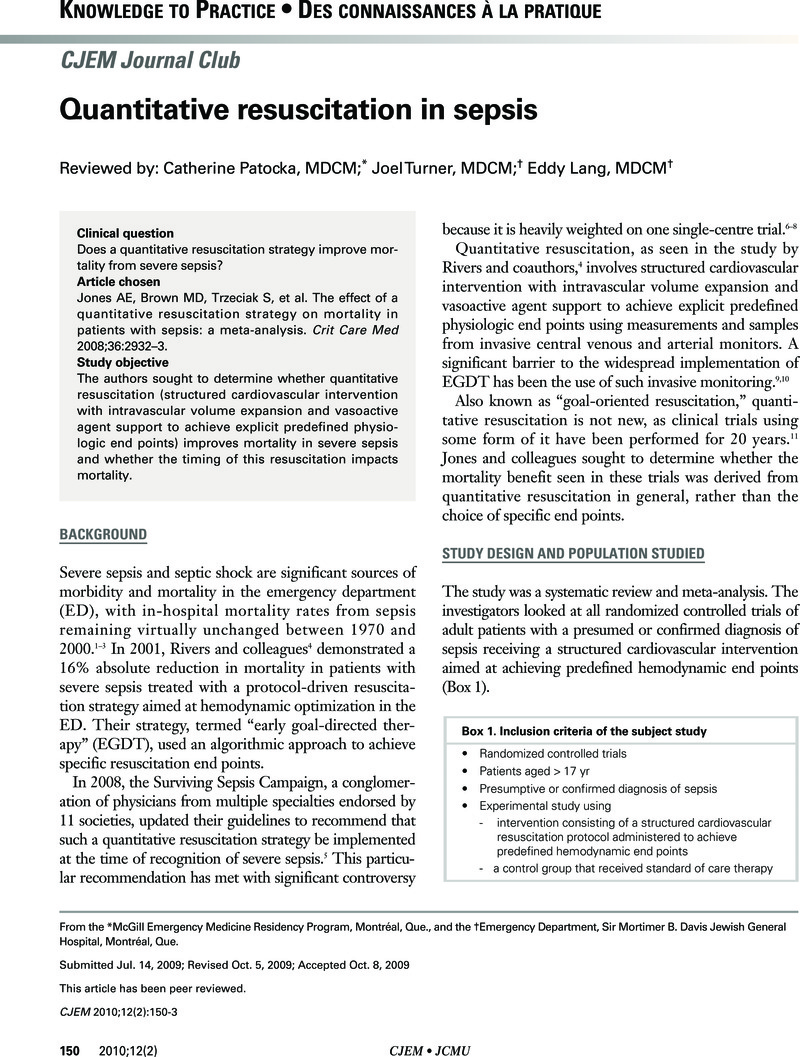20.National Institute of General Medical Sciences (NIGMS);
University of Pittsburgh. Protocolized care for early septic shock (ProCESS).
Bethesda (MD):
National Library of Medicine;
2000. Available:
http://clinicaltrials.gov/show/NCT00510835 (accessed 2010 Feb 1). NLM Identifier: NCT 00510835.
Google Scholar 